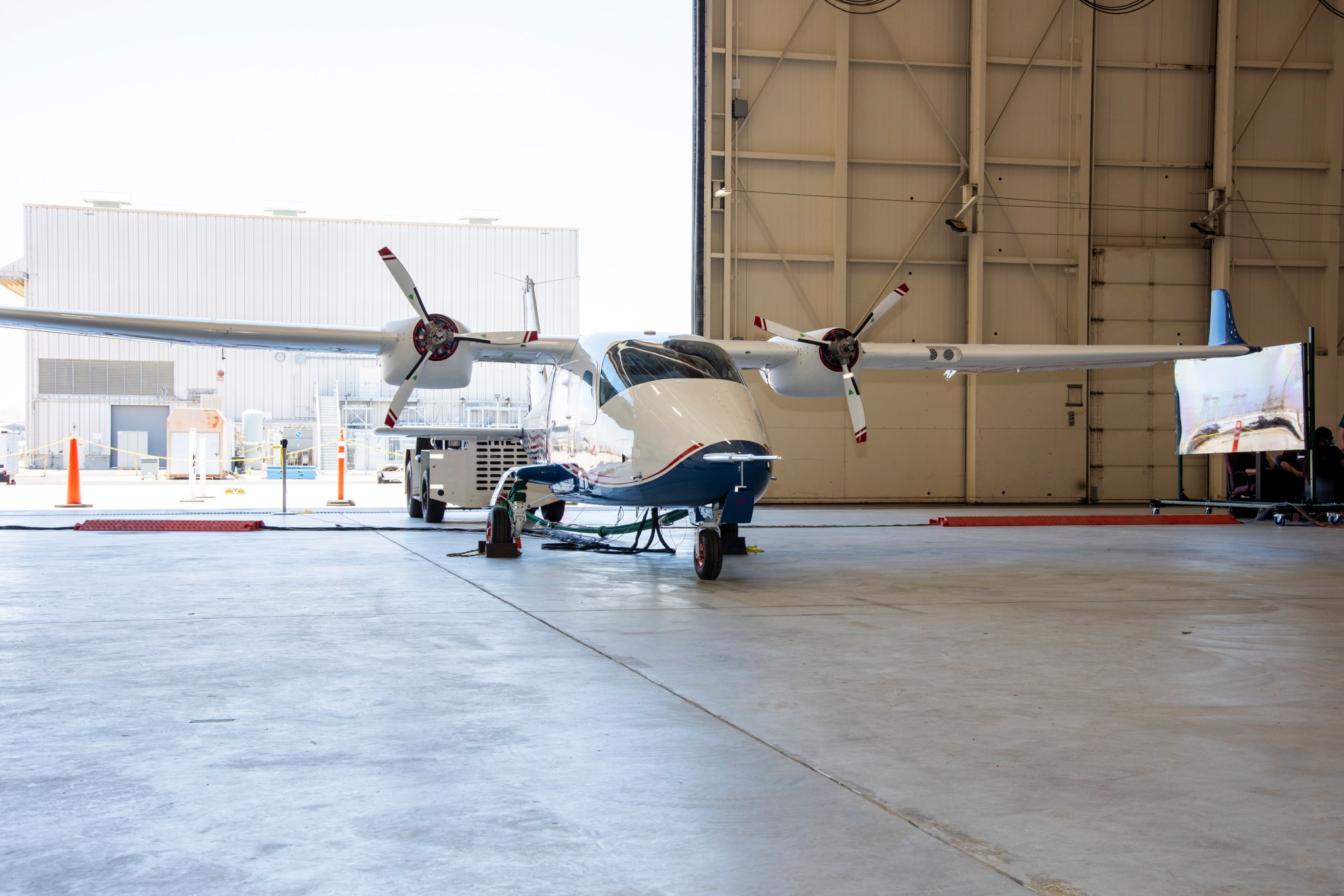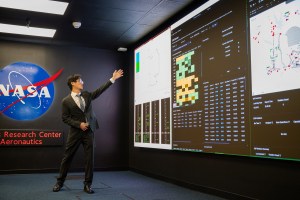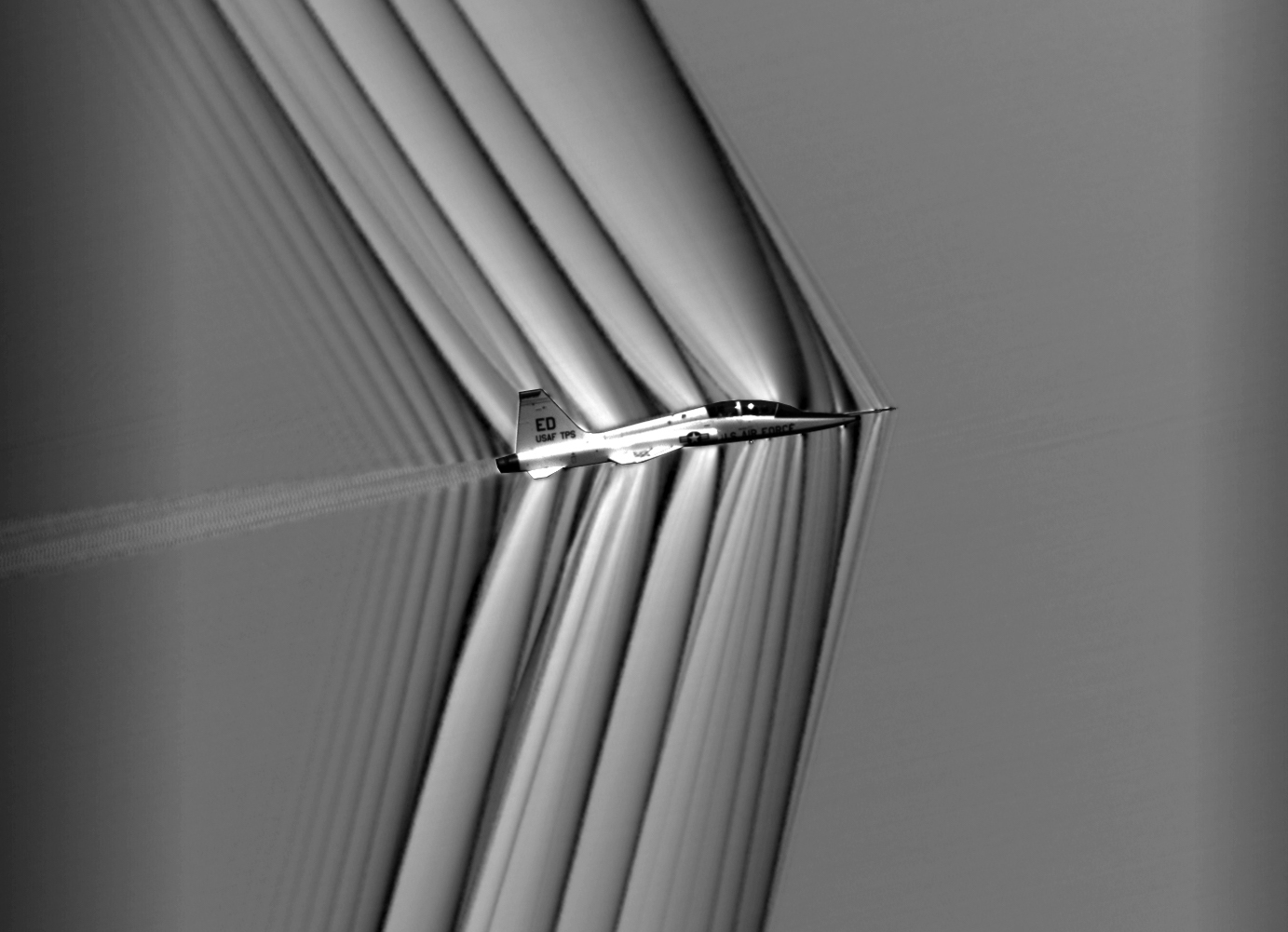NASA Aeronautics is poised to help develop airframes and technology that will benefit industry; help meet U.S. environmental goals; and keep the U.S. at the forefront of aviation.
NASA’s all electric experimental aircraft, the X-57 “Maxwell,” is one of the agency’s first aircraft demonstrating greener flight technology.
The X-57 project is a research platform to build confidence in cleaner and more energy efficient ways of air travel. It will do this by testing and determining the airworthiness of electrified aircraft technologies, including battery technology, electric motor capabilities, and distributed electric propulsion.
“The X-57 project has made substantial contributions to the field of electric aircraft propulsion as an initial pathfinder building a knowledge base of expertise that is influencing industry standards and contributing to future electric vehicle demonstrations,” said Heather Maliska, X-57 project manager at NASA’s Armstrong Flight Research Center in Edwards, California.
Set to take flight later this year, the X-57 is intended to have zero in-flight emissions. Uniquely designed with a high aspect ratio wing, the X-57 is set to inform standards for future electric airplanes.
The X-plane is an already-built aircraft using a Tecnam P2006T. The aircraft has been modified, replacing its combustible gasoline power engines with electric power engines and batteries. Currently the X-57 is nearing the end of ground tests and being prepared for the installation of batteries
Lessons learned from the X-57 project are continually being shared with industry and academia to develop pathways for future electric aircraft needed for emerging advanced air mobility markets. Since the X-57 aircraft will be battery powered, it can run off electricity, demonstrating environmental and potential economic advantages of electric aircraft.
Another NASA project working toward greener flight is the Electrified Powertrain Flight Demonstration (EPFD) project. In working with industry and academia, EPFD will build and fly aircraft with hybrid electric megawatt powertrains to demonstrate the viability this technology offers for commercial aircraft. In September 2021, NASA awarded contracts to GE Aviation (GE) of Cincinnati and magniX Inc of Redmond, Washington, to rapidly mature Electrified Aircraft Propulsion (EAP) technologies through ground and flight demonstrations.
NASA will bring technical insight to the teams and ensure the work is successful.
NASA also is planning to award a contract to build a Sustainable Flight Demonstrator, a large-scale X-plane to test an ultra-efficient aerodynamic design and prove the predicted flight benefits that will help industry develop the next generation of single-aisle seat aircraft.
NASA’s Aeronautics Research Mission Directorate’s Sustainable Flight National Partnership demonstrates through these projects the agency’s commitment to contributing viable solutions to the nation’s goal of net-zero greenhouse gas emissions by 2050.
The X-57, EPFD, and Sustainable Flight Demonstrator projects are part of NASA’s Integrated Aviation Systems Program.
The program conducts flight-oriented, system-level research and technology development to mature and transition advanced aeronautic technologies into future air vehicles and operational systems. It also focuses on the execution of highly complex flight tests and related experiments to support all phases of NASA’s aeronautics research.
































